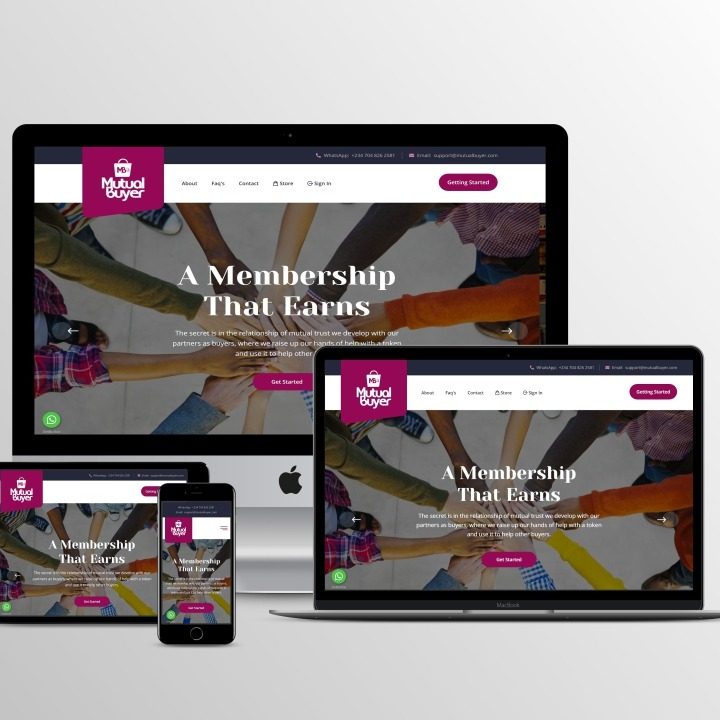Android, The Technology That Built It
The development of Android, Google’s mobile operating system, involves a combination of hardware and software technologies, as well as contributions from various engineering teams and the open-source community. Here are the key components and technologies involved in building it.
You may also like to read about The Technology that built iOS.
(1) Core OS and Kernel
– Linux Kernel: It is built on the Linux kernel, which provides the foundational layer for hardware abstraction, security, and process management.
– Modified Linux Kernel: While it uses the standard Linux kernel, it includes additional changes and enhancements tailored for mobile devices.
(2) Frameworks and APIs
– Android Framework: This provides APIs for app developers to build apps. It includes libraries for UI, multimedia, graphics, and other core functionalities.
– Java API Framework: Initially, its applications were primarily written in Java, and the Android API framework provides a comprehensive set of APIs for app development.
(3) Programming Languages
– Java: Originally the primary language for Android app development.
– Kotlin: Officially supported by Google since 2017, Kotlin is a modern, statically typed language that enhances productivity and developer experience.
– C++: Used for performance-critical components and some parts of the Android runtime (ART) and core libraries.
(4) Development Environment
– Android Studio: The official integrated development environment (IDE) for Android development, based on JetBrains’ IntelliJ IDEA. It includes tools for coding, debugging, and performance analysis.
– Gradle: A build automation tool used in Android Studio for managing project builds and dependencies.
(5) User Interface Design
– Material Design: Google’s design language for Android, providing guidelines for creating visually appealing and intuitive user interfaces.
– ML Layouts: It* uses XML files to define UI layouts, separating the UI design from the application logic.
(6) Graphics and Media
– OpenGL ES: A subset of the OpenGL API for rendering 2D and 3D graphics on mobile devices.
– Vulkan: A low-overhead, cross-platform API for high-performance graphics and compute.
– Media Framework: Provides support for audio and video playback, recording, and streaming.
(7) Networking and Connectivity
– Wifi, Bluetooth, NFC: Frameworks for managing wireless communications and connectivity.
– Volley, Retrofit: Popular libraries for handling network requests and interacting with REST APIs.
(8) Security and Privacy
– Sandboxing: Each app runs in its own user space to isolate it from other apps and the system.
– Permissions Model: Apps must request permissions to access sensitive data and system features, which users can grant or deny.
– Keystore System: Provides secure storage for cryptographic keys and other sensitive information.
(9) Testing and Debugging
– Android Debug Bridge (ADB): A versatile tool for communicating with and managing its devices.
– Espresso, JUnit: Testing frameworks for unit tests and UI tests.
– Firebase Test Lab: A cloud-based testing infrastructure for testing apps on various devices and configurations.
(10) App Distribution
– Google Play Store: The primary platform for distributing Android apps, providing a global marketplace for developers to publish and monetize their apps.
– APK: Android Package Kit is the format for distributing and installing applications on its devices.
(11) Runtime and Compilation
– Dalvik Virtual Machine: The original runtime used by Android to execute bytecode in .dex files, optimized for low memory and battery usage.
– Android Runtime (ART): Replaced Dalvik in later versions, using ahead-of-time (AOT) compilation to improve performance and reduce power consumption.
(12) Open Source and Community Contributions
– AOSP (Android Open Source Project): The open-source project led by Google to develop and maintain it, allowing contributions from the global developer community.
– OEM Customizations: Device manufacturers can customize the Android OS to create unique user experiences, adding features and modifying the UI.
These technologies and tools, combined with a vibrant ecosystem of developers and an open-source model, have driven the rapid evolution and widespread adoption of Android as a leading mobile operating system.







